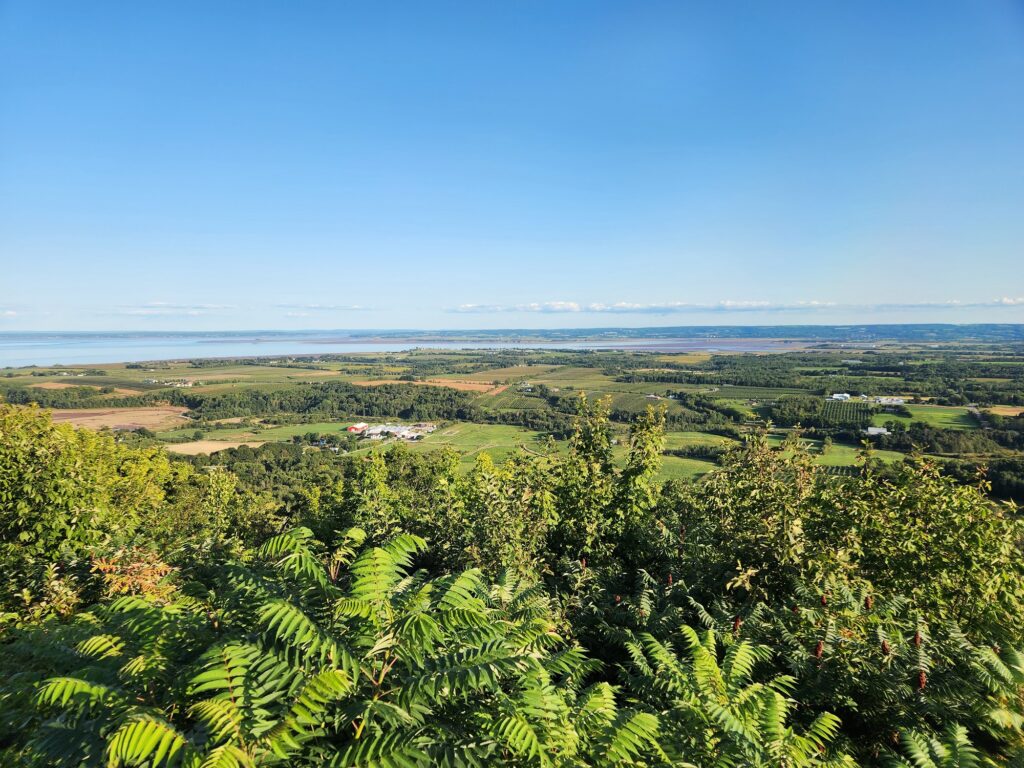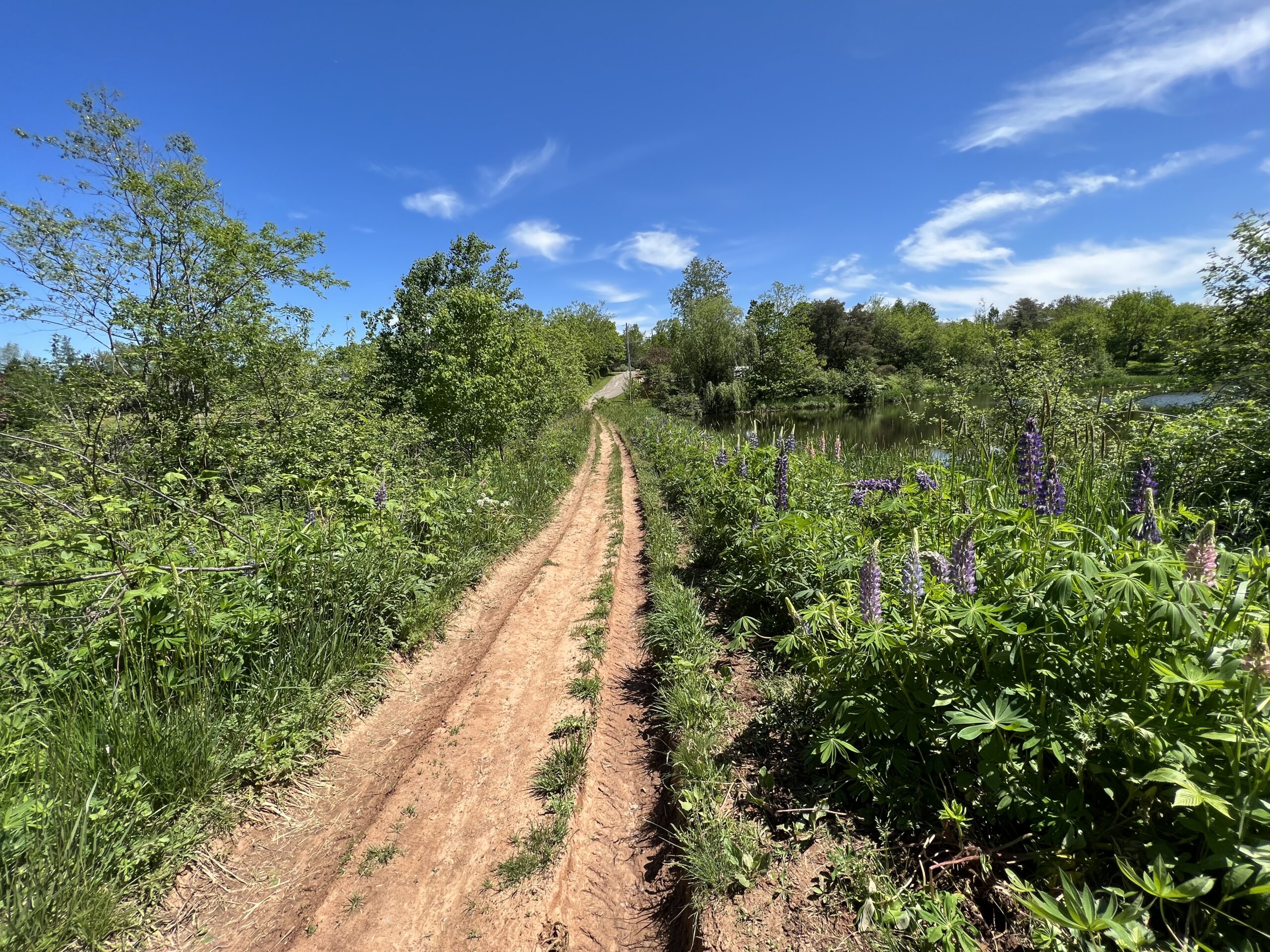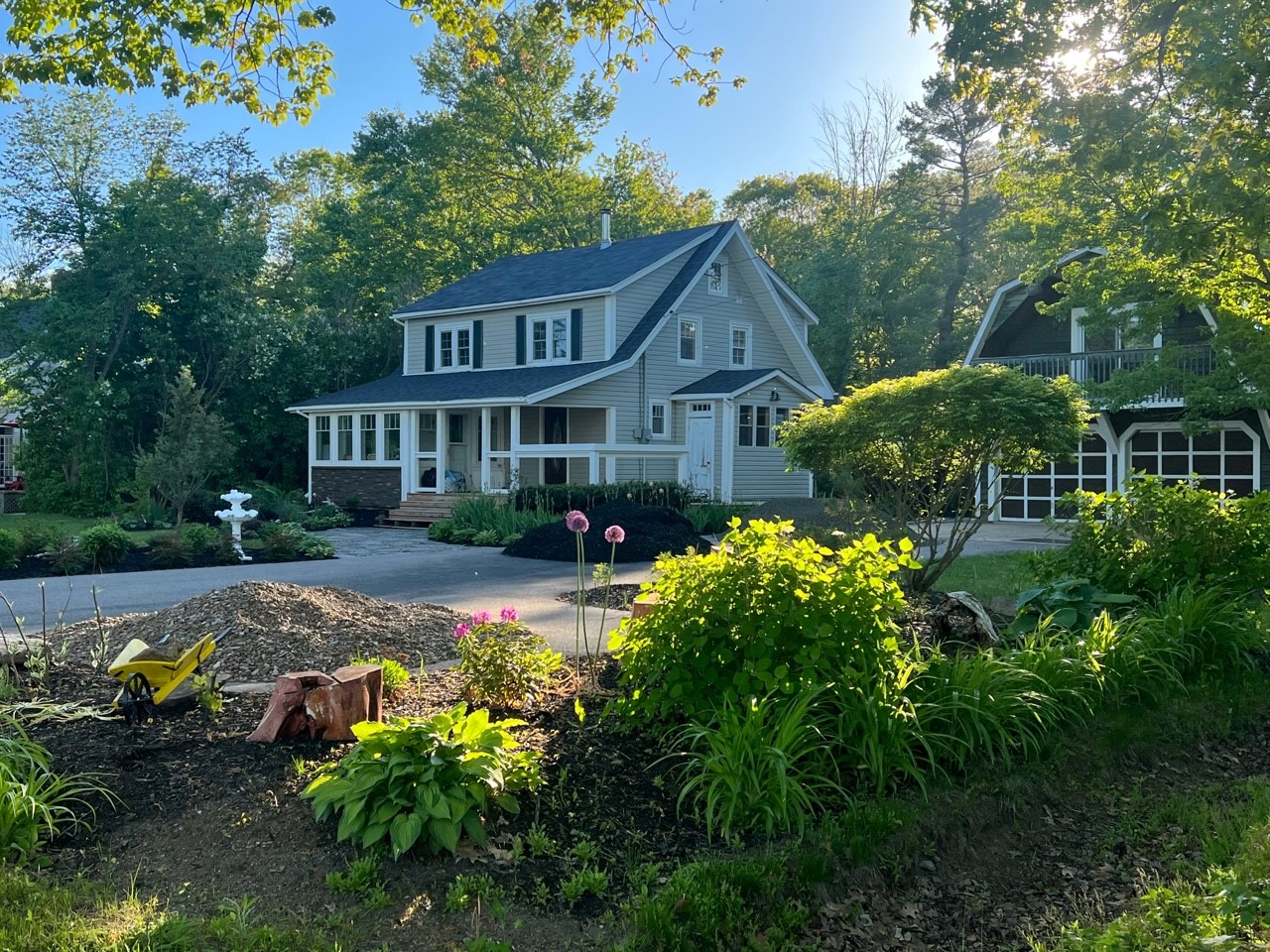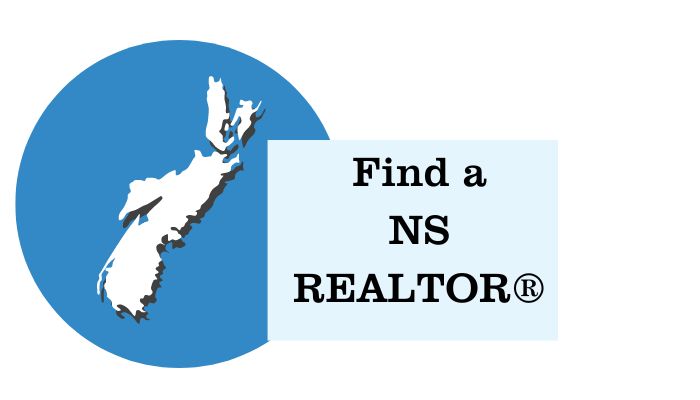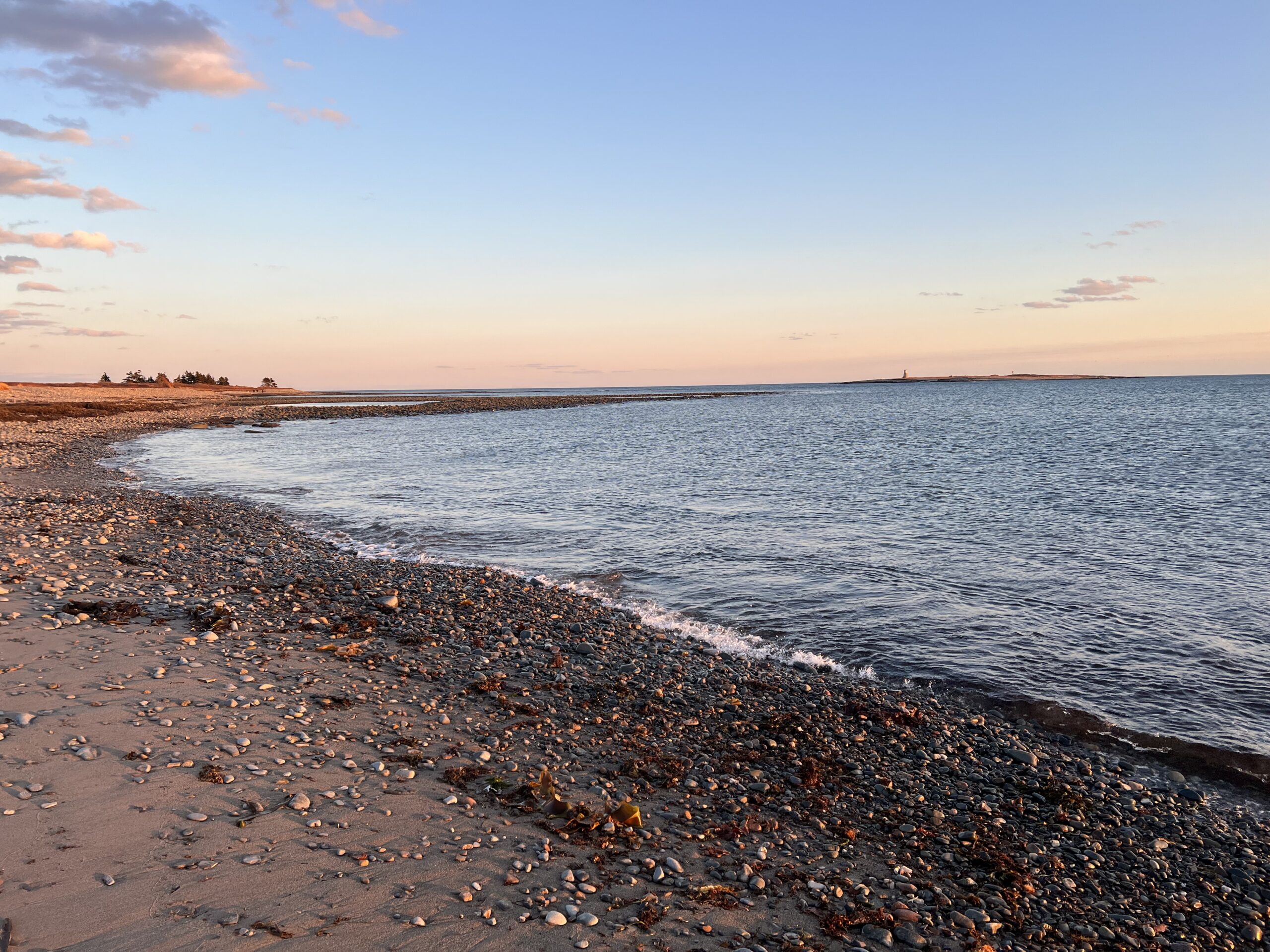
Having grown up in landlocked Alberta, I was very excited to buy waterfront property in Nova Scotia. I dreamt of oceanfront, but my wife, who had grown up in Nova Scotia, was adamant that we buy property on a lake instead. It was important to her that our kids and her extended family be able to enjoy swimming, paddling, and jumping off a dock into water that wasn’t freezing cold.
Choosing between oceanfront or lakefront comes with distinct differences that impact lifestyle, maintenance, costs, and even long-term property value. Before making your decision, it’s essential to weigh the pros and cons of each to ensure your waterfront dream aligns with your needs and expectations.
Things to Consider About Oceanfront Living
- If you’re drawn to the ocean, expect expansive views, salty air, and access to activities like deep-sea fishing, surfing, and sailing, possibly right from your backyard, if the access is right.
- Living by the ocean means dealing with coastal storms, hurricanes, and saltwater corrosion. Homes need to be built or retrofitted to withstand high winds, flooding, and erosion, which can increase insurance and maintenance costs.
- Speaking of erosion, it’s important to assess the property you’re considering buying for erosion risk, and mitigation options. I’ve seen shoreline homes where the storm surges slap the second-story windows.
- Oceanfront is typically cooler in the summer, with less snow in the winter.
- The salty air can be harsh on homes, causing accelerated wear and tear on siding, roofing, and metal fixtures. Regular upkeep, including anti-corrosion treatments, repainting, and stormproofing, is necessary.
- Many oceanfront areas have a strong tourism presence, meaning busier summers and quieter winters. Some regions have highly developed infrastructure, while others may have limited access to services depending on their remoteness.
Things to Consider About Lakefront Living
- Lakes offer calmer waters, making them ideal for canoeing, paddleboarding, and fishing. They are typically safer for families and casual swimmers, though larger lakes may still experience rough conditions during storms.
- Prices vary significantly based on location, size, and lake accessibility. While some premier lakeside properties can rival oceanfront costs, many inland lake homes are more affordable and offer better long-term affordability.
- Many lake communities foster a tight-knit, local feel with year-round residents, especially in smaller inland lakes. This is usually a good thing, though it can sometimes be stifling.
- While lakes can experience storms, they usually lack the same extreme weather impact as oceanfront homes. However, water levels may fluctuate, and seasonal changes (like freezing in the winter) can affect usage and property upkeep. Overland flooding could be a concern.
- Maintenance is generally lower than oceanfront living, but homes still require attention to docks, and potential flooding risks from heavy rain. If the lake freezes, winterizing your dock is essential.
- Lakeside communities are often more residential, with year-round accessibility. However, some remote lake areas may have limited road access, requiring extra planning for long-term living. Most lakes are on private roads, and if you’re the only year-round resident, you’ll be responsible for the cost or work of plowing the road yourself.
Deciding between an oceanfront and a lakefront property ultimately depends on your lifestyle preferences, budget, and willingness to manage the unique challenges of each. If you crave the vast, dynamic energy of the ocean and don’t mind the extra upkeep, Atlantic oceanfront living may be for you. Do you prefer a peaceful, freshwater retreat with fewer extreme weather concerns? A lakefront home might be the perfect choice.
If the property you’re considering doesn’t have an existing home on it but you want to someday build one, be sure to talk to the Planning office in the municipality. They can tell you what planning rules apply and can tell you the minimum setback on a watercourse.
Either way, owning waterfront property is a rewarding investment that offers unparalleled natural beauty and recreational opportunities. For more specific questions to ask when buying waterfront property, check out my free Waterfront Property Buyers Guide.




